Ocht, what’ve you gone and done that for?
How’s that going to look when you’re old?
How’re you going to get a good job with that all over you?
These are the question that everybody and their granny (especially their granny) have been firing at folk with tattoos for generations.
But humans have been tattooing one another since the Neolithic era, around 7,000 years ago, so the practice is nothing new.
And 22 years into the 21st Century, Western society is in the middle of a ‘Tattoo Renaissance’.
Everybody’s got ink. Well, not everybody – but around a fifth of UK residents and a third of 18-35-year-olds now have at least one tattoo, meaning we’ve come a long way from the days of body art signalling someone’s a sailor, prostitute or criminal.
Even the toast of the upper crust – celebrities ranging from apple-pie Dolly Parton to golden boy Harry Styles – rock tattoos.
Mind you, no one is going to tell either of those chart-toppers that they look ‘unprofessional’ – whereas in 2020, a study by Greene King found that 43% of UK employers had (legally) chosen not to hire someone because of their visible tattoos.
So for the ordinary folk of Tayside and Fife, are tattoos still the barrier to gainful employment your gran warned you about?
‘More acceptable than ever’
Fife tattoo artist Scott Mitchell thinks not.
“It’s definitely more acceptable than it’s ever been to be tattooed, especially in professions,” says Scott, 32, who has owned Dead Star Tattoo in Kincardine for 11 years.
In that time, he’s inked people from almost every traditionally ‘clean-cut’ industry – including nurses, funeral directors and even priests.
And having recently released a children’s book after nearly 15 years as a tattooist, Scott knows all about subverting professional stereotypes.
From his perspective, the changing standards within the tattoo industry have been a major driving force in the ‘Tattoo renaissance’, coaxing a wider range of people through the doors.
Firstly, he credits the modern drive towards custom artwork, elevating the craft to a type of fine art; and secondly, the shops themselves.
“I think a lot of people back in the day would picture tattoo shops as these dark, seedy, underworld-type places,” he explains.
“And now, for example if you came into my studio, it’s clean, it’s clinical – it probably feels more like going to the dentist! It’s more professional.”
But Dundee writer Becca, 32, has neck, hand and face tattoos as well as piercings, and is living proof that tattoos still come with some ‘professional’ stigma attached.
Although in her experience in retail and customer service, it’s less from employers, and more from members of the public, that the prejudice arises.
‘They just think you’re a pure hooligan’
“It was implied [at interview] that they like people that look ‘unique’ like me,” she says of her employers at a popular shoe retailer.
“But then the type of customers we were getting – older, middle-class women bringing their grandkids in for school shoes – did not like me.
“I had some very bad experiences working there, and I know for a fact it was because I had tattoos.
“You can see it in somebody’s eyes,” Becca adds. “They just think you’re a pure hooligan.”
The ‘hooligan’ association implies there is still a lingering classism around tattoos in the workplace – and the data backs it up.
A 2019 survey found that in traditionally ‘working class’ or more creative/trendy professions, such as working in the hair and beauty industry, or as a fashion designer or photographer, most people preferred employees to have tattoos, or didn’t mind either way.
Photographer Lydia Smith can vouch for that kind of positive discrimination in Tayside.
The Dundee-based artist says: “The last job that I had, in a hotel, I had to cover my tattoos and dye my bright hair a natural colour. Now that I work for myself, I think that [those things] actually benefit me.
“They mean a certain type of client is attracted to me. And they make me more memorable – or unforgettable!”
But when it came to three traditionally ‘middle class’ professions – doctor, lawyer and MP – a vast majority preferred these people not to have tattoos.
And that’s a hard pill that tatted-up Dundee medical student Scott Redmond refuses to swallow.
‘I see lots of nurses with tattoos – but no doctors’
“It’s still very much a thing in the medical world,” reveals 25-year-old Scott, who is training to be a surgeon – while sporting more than 20 colourful tattoos.
He’s not wrong. Dundee University researcher, Dr Kevin McConville, has been investigating perceptions of tattooed doctors among medical school staff and staff.
It was found that “both cohorts expressed that they felt that the presence of a visible tattoo could deter from a doctor’s professionalism”.
But interestingly, when the study was opened to members of the public, Dr McConville says “the majority… were happy with doctors having a tattoo, with only 6.8% strongly disagreeing”.
So if patients are OK with having tattooed doctors, is the professional stigma coming from inside the house – or hospital, as the case may be?
Student Scott, who grew up in Hawick, thinks classism is at the root of the sneering attitude he’s encountered from superiors.
“Being in the hospital every day, I see a lot of nurses with tattoos – but no doctors,” he observes. “And that, I think, highlights a bit of a class issue there.
“Almost everyone in my class went to a private school, most have at least one parent who is a doctor; it can be so stuffy and upper middle class.
“It’s just not been penetrated by these working class stereotypes yet, but especially in a city like Dundee, which is majority working class, having that representation in every aspect of life and every career choice is really important.”
‘We got some pens and started colouring it in’
And it’s not just about the buzzword of ‘representation’ – Scott found while working in Dundee’s Covid vaccination centre that the self-expression that tattoos convey can actually help doctors care for their patients by making them “more approachable”.
One standout moment of connection came for Scott when he was working in paediatric A&E and waiting for some test results for a young patient.
“I remember sitting down with this wee boy, and I had my sleeve done but it hadn’t been colourised yet,” he smiles.
“So we just got some pens and started colouring it in. And it was just a tiny wee thing to pass the time and provide some comfort, which I think is really important.”
‘A mermaid with her boobs out’
For Fife secondary school teacher Rayanen Somerville, the debate boils down to one thing: Do you think tattoos are unprofessional, or do you think the people who get them are?
“I’ve always been very open about the fact that I’m happy to cover them,” says Rayanen, 24, of her tattoos. “I’ll do what I need to do for my job.”
Dress code is part and parcel of her vocation, and covering her tattoos isn’t something that bothers her – but it does spark interesting debate.
“I think it’s fair to say that, like, people choose to have a tattoo,” she says.
“I myself have a tattoo with a mermaid with her boobs out, and I understand that that can be considered inappropriate. It’s the imagery there that’s the problem, right?
“But other tattoos, for instance my butterfly, I can’t see why there would be an issue with that, beyond someone just not liking tattoos.
“And my point there is basically maybe you should look what kind of biases you hold if you look at tattoos in general and think ‘that looks unprofessional’.”
‘When culture changes, you learn to walk alongside it’
Cafe owner Melanie Ward, who runs Blend in Dundee, admits she’s had to interrogate those personal biases when hiring in the past.
“It is hard to not fall into the trap of the traditional mind set of what someone ‘should look like’ for a job,” she says candidly. “But what does that even mean these days, when we are a society that encourages people to express themselves?
“When culture changes, you learn to walk along side it – no matter what your values or morals are.
“I think as business owners, we’ve lost the plot if we have become so materialistic and shallow, that we focus solely on the appearance rather than character.”
You might ask yourself – if tattoos are still a possible barrier to employment, why, in the current economic climate especially, would someone consider getting one?
For ink-adorned mother-daughter duo Wendy Forsyth and Neve Goodwillie, it’s all about confidence.
Wendy owns Curves gym in Perth where her 21-year-old daughter Neve is the manager, and the pair are all about empowerment and feeling at home in your own skin.
‘You would hang art on your wall, so why not on your body?’
To them, that isn’t just about staying fit and eating well – it’s about taking ownership of your body by modifying it however you see fit.
“You would hang art on your wall, so why not on your body?” observes Neve. “I want people to look at my body and be like: ‘Yes! I want butterflies on my hand!’
“It makes me feel more confident.”
Wendy points out that for many people, tattoos can act like an armour or accessory, helping them to reclaim some of the confidence that pervasive diet culture may have eroded over the years.
“Most people aren’t keen on their thighs, are they? But this is a different way of expressing yourself,” she says.
“You’re getting your tattoos out, rather than getting your legs out.”
Ultimately, it seems that the ‘Tattoo Renaissance‘ is well and truly taking hold across Tayside and Fife – and as more and more people prioritise their self-expression over their career prospects, employers may have to catch on to keep up.
Youngest interviewee Neve sums it up best when she says: “I haven’t always known what I wanted to do – but I’ve always know I wanted tattoos.”
And is she worried about the ink sinking her future career prospects?
“Absolutely not. Having tattoos doesn’t take away your ability to do what you’re doing, at all.”
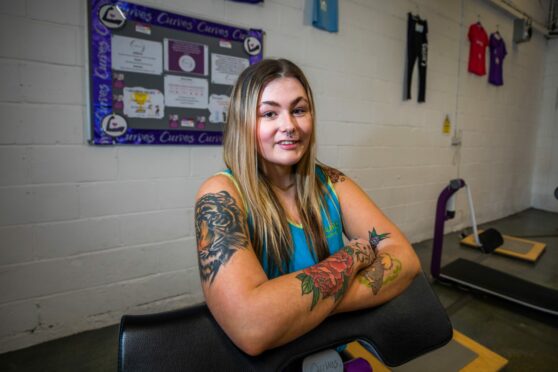
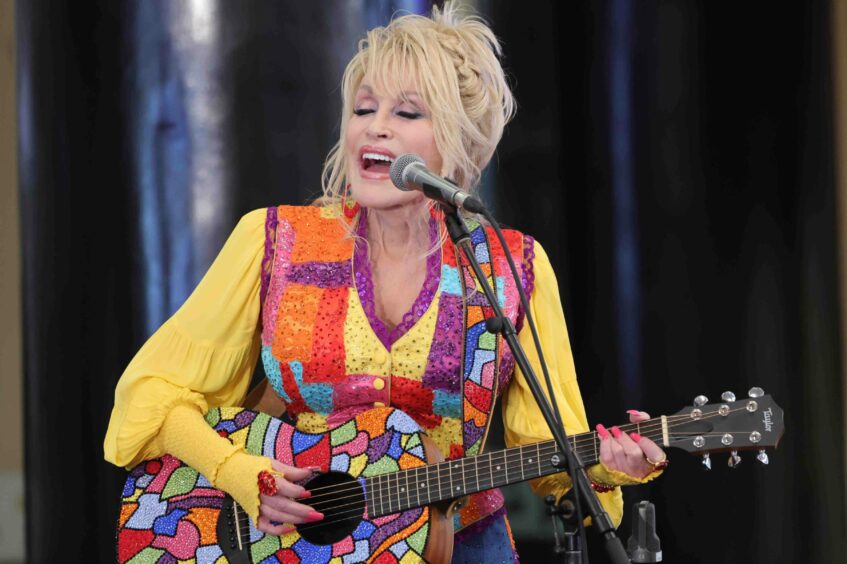
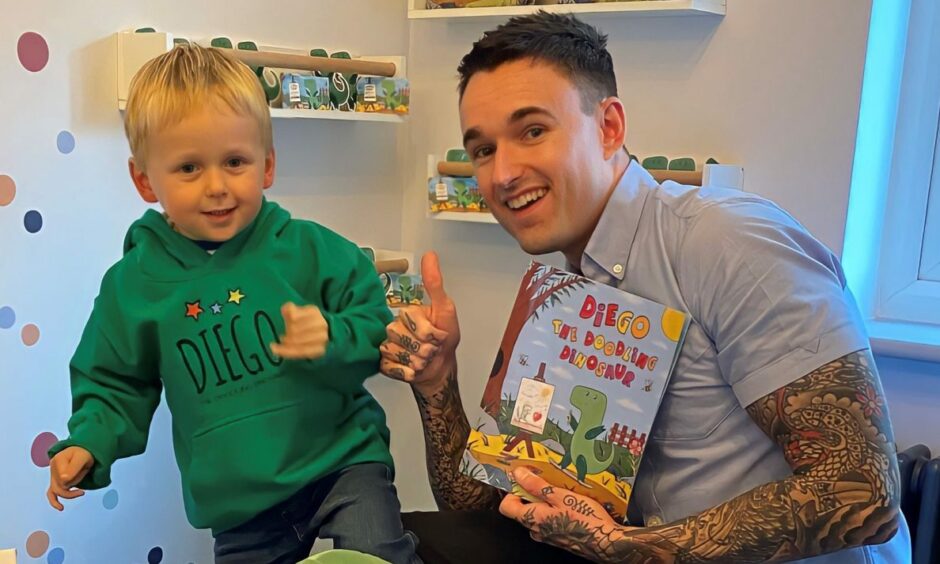



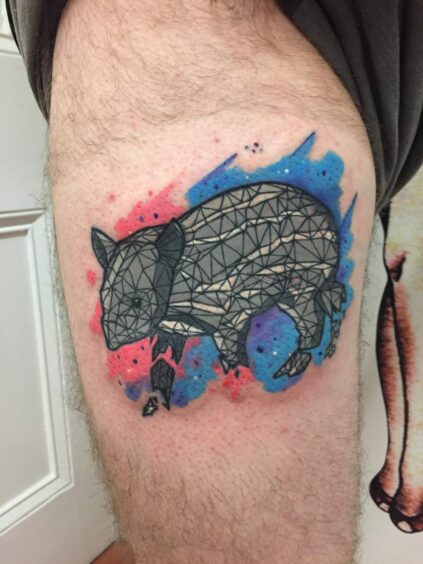


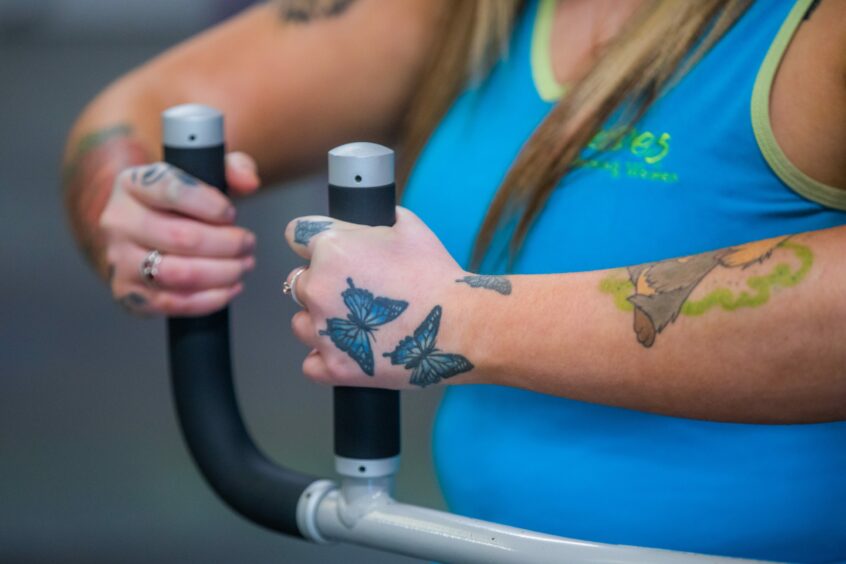
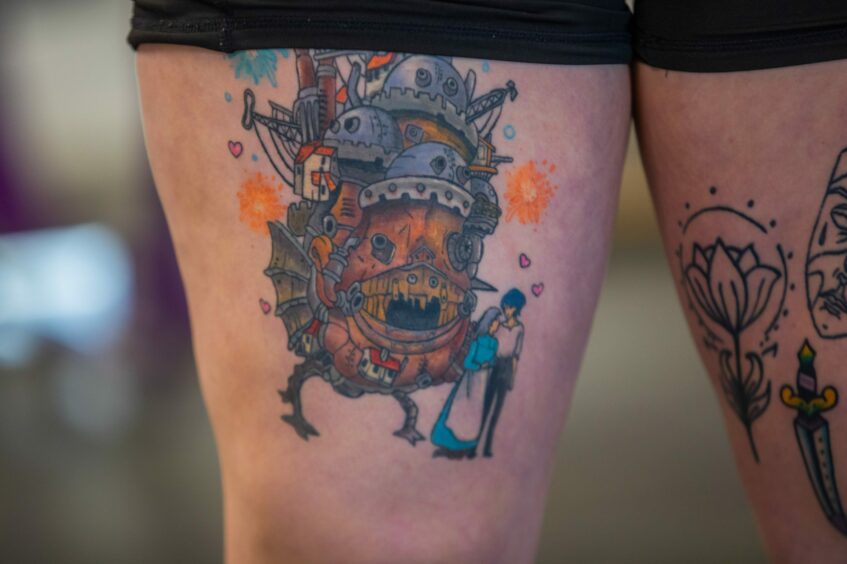
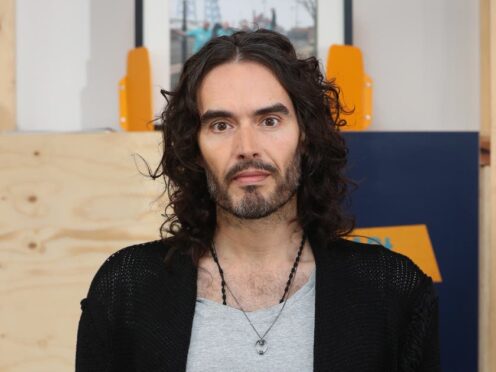
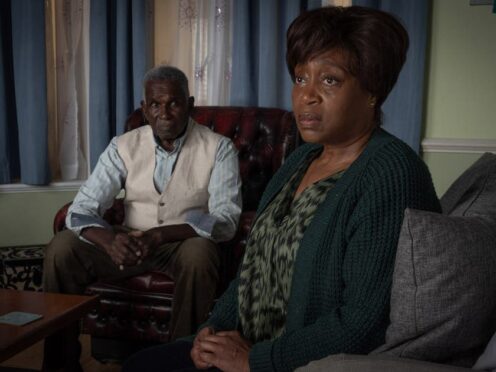
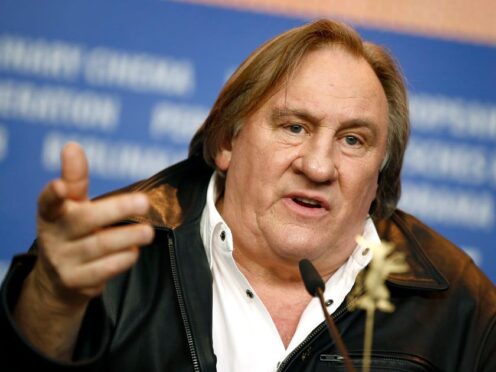
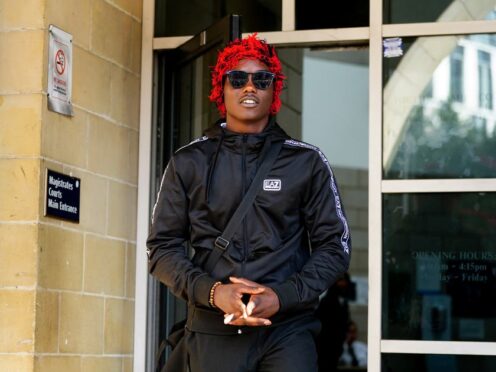
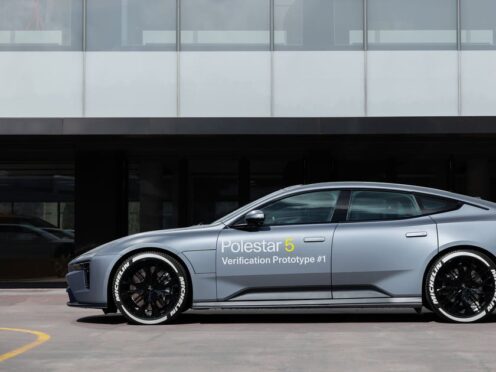

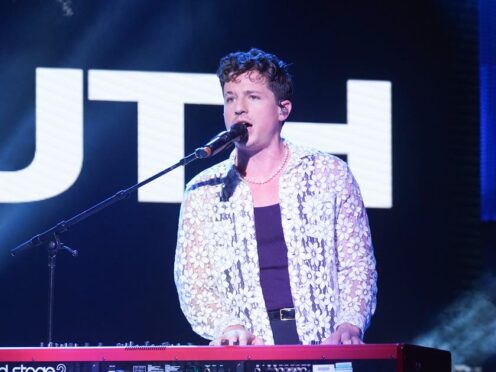

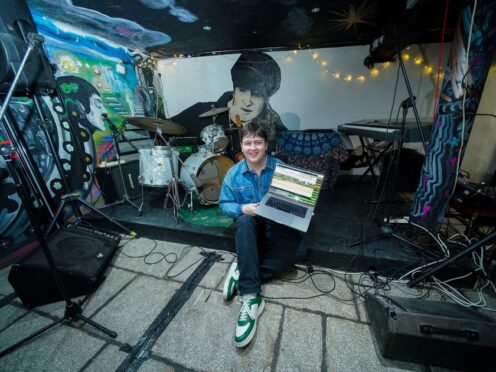
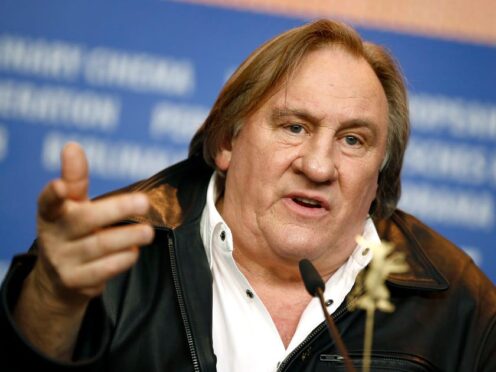
Conversation